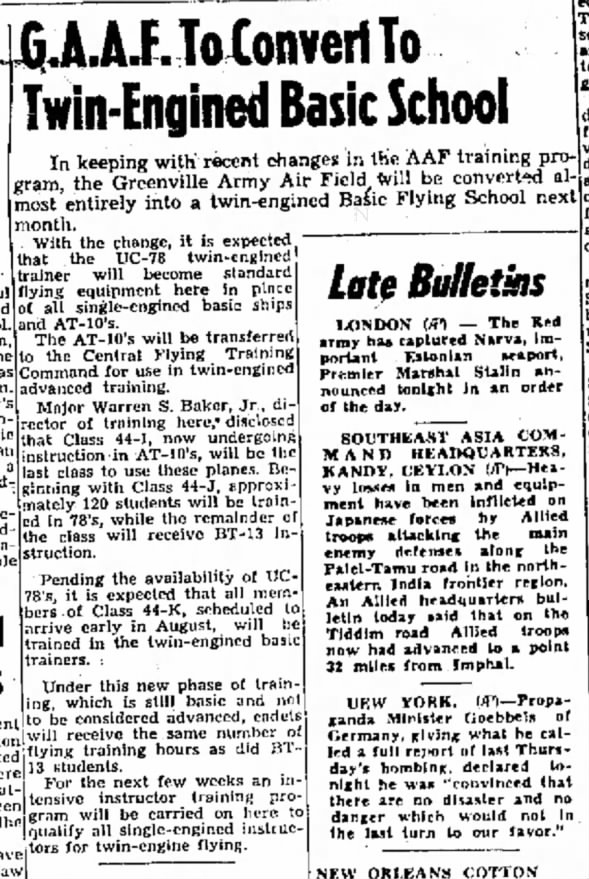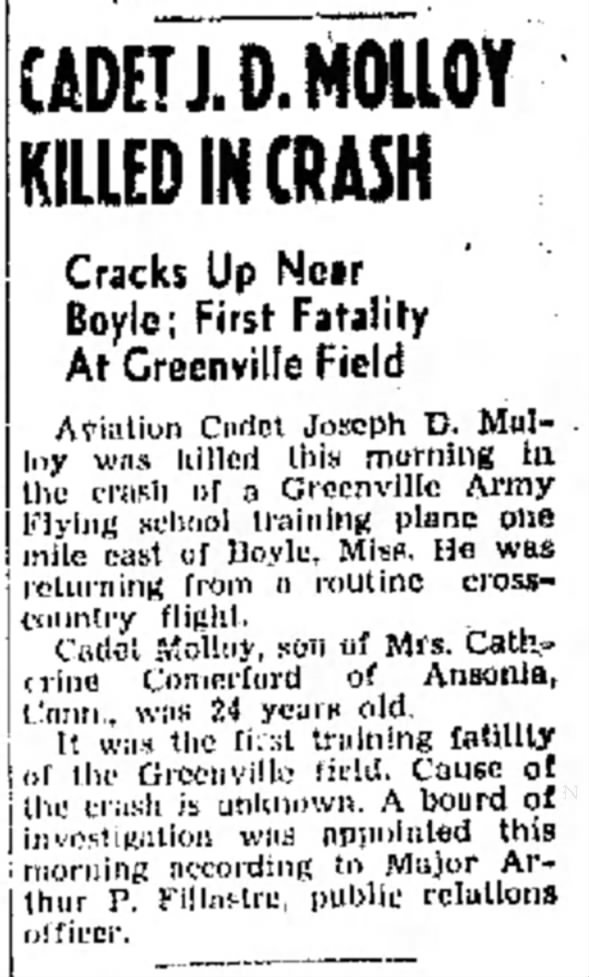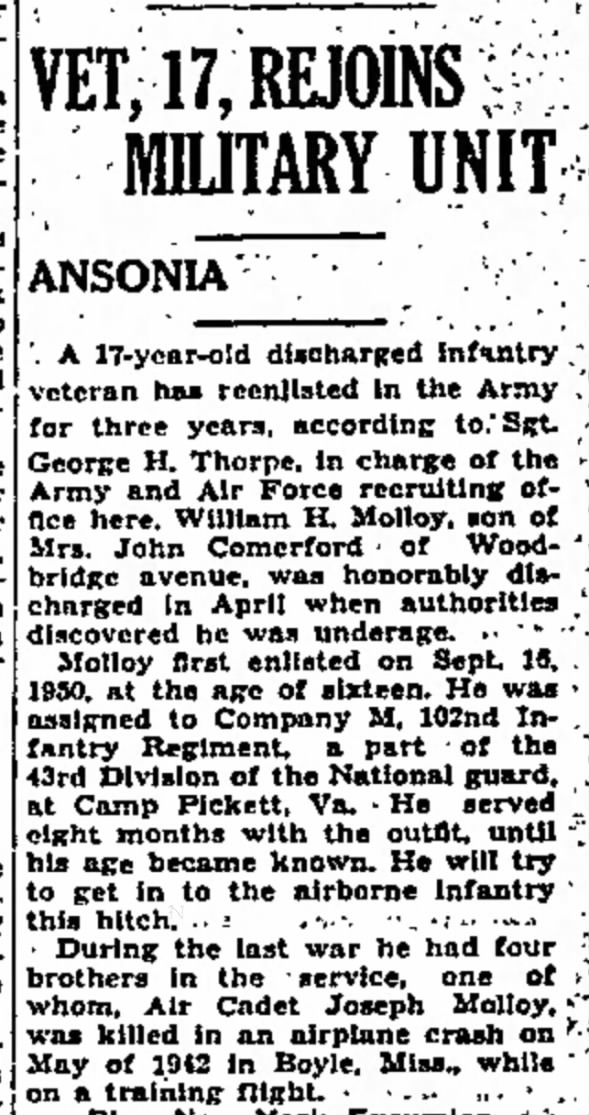|
10/22/2019 0 Comments A Thousand Flyers
A recent milestone was accomplished for this project. One thousand Greenville Flyers have been identified. Pilots from across the country and across the oceans. From California to Maine and Washington to Florida, the lower 48 are well represented. A Flyer from Hawaii represents the Pacific, while Flyers from England cover the Atlantic.
Although one thousand Flyers is the result of hundreds of hours of research, this group represents less than 10% of the Flyers that called Greenville "home" for some period of time. Considering students alone, 10,155 aviation cadets and student officers were enrolled in Basic Flying Training at Greenville from the first class of 19 Dec 1941 (Class 42-D) to 31 Dec 1944 (Class 45-C). Of those 10,155 who were enrolled, 8,788 students graduated Basic Flying Training at Greenville Army Flying School. Those who did not graduate were either eliminated from training or were killed in training accidents.
While Greenville is typically associated with "conventional" Basic Flying Training during WWII, lesser known is its participation in an evaluation of a twin-engine Basic Flying Training program in 1944. This form of Basic Flying Training moved students from Primary Flying Training directly to twin-engined aircraft in a Basic Flying Training format. This training did NOT replace twin-engine Advanced Flying Training. Students received the same amount of flying hours in the twin-engine trainers as their counterparts did in the single-engine basic trainers.
The most common twin-engine trainer at Greenville was the Cessna AT-17/UC-78. In addition, a number of Beechcraft AT-10 twin-engine aircraft were also flown at Greenville.
During 1944, 419 students were enrolled in the twin-engine Basic Flying Training program, with 385 graduated.
Above: Four WASP pilots in front of a Cessna UC-78 Bobcat aircraft at Greenville AAF, Greenville, Mississippi, United States, Aug 1944. Deanie Bishop on the wing with Joan C Hutton, Emily Porter, and Phyllis M Johnson.
Photo courtesy of World War II Database ww2db.com/image.php?image_id=24186
As shown in the image above, Greenville was also home to Women Airforce Service Pilots (WASPs). A total of 19 women have been identified as having been assigned to Greenville. Sources include the Texas Woman's University WASP collection, as well as the Greenville Army Air Field base histories acquired from the U.S. Air Force Historical Research Agency at Maxwell AFB, Montgomery, AL.
The final major group of Greenville Flyers is the instructors who trained the student pilots at Greenville. Currently, the total number of instructors who served at Greenville is unknown, but 99 have been identified thus far. The instructor cadre included Royal Air Force pilots from England, some having perished during training accidents at Greenville. Based on those figures, there were no less than 10,692 Greenville Flyers. The actual number is likely higher due to the currently unknown number of total instructors and other flying staff. Individuals can assist with identifying Greenville Flyers by submitting information through the Share A Story form.
0 Comments
Less than six months after training operations began at Greenville Army Flying School and with the war effort increasing, it was seemingly inevitable that training operations would claim the lives of those preparing to fight the war. The first to lose his life in pilot training at Greenville was Aviation Cadet Joseph Dixon Molloy.
Cadet Molloy was killed the morning of 21 May 1942 when he lost control of his BT-13 while returning from a cross country flight. His aircraft crashed one mile east of Boyle, MS. He perished on his 24th birthday and left behind his wife, Jeanne Alda (Curran) Molloy (later Jeanne Alda Fogler).
*Approximate location of crash site
Born 21 May 1918, in Ansonia, CT, Joseph was the second oldest of eight siblings born to David John Molloy and Catherine Cecilia (Lucas) Comerford. Three of Joseph's brothers also served in the military during WWII.
Youngest brother William enlisted in the Army in 1950 at the age of 16. He was discharged at the age of 17 after his actual age became known. After turning 18 years old, he reenlisted in the Army with intentions of joining the airborne infantry. |





 RSS Feed
RSS Feed